Rewardsgold is offering a free 2-year subscription to SmartMoney magazine for a limited time. You have to fill out a brief one-page survey as well as “tell” two friends about the offer. Your friends don’t actually have to sign up for the offer or actually do anything at all. No credit card required. Arrives in 8-10 weeks.
These free subscription promos are usually done to boost subscriber counts for the magazines so they can sell more ads, and most times actually do arrive in my experience.
 Mortgage rates are still setting record lows! Qualification is still very difficult to refinance for those with little home equity, but there’s still many people out there that are eligible (
Mortgage rates are still setting record lows! Qualification is still very difficult to refinance for those with little home equity, but there’s still many people out there that are eligible (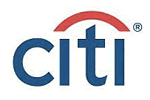 Citi is trying to learn more about the needs of small business owners and believes that many MyMoneyBlog.com readers might fit their desired profile. They are looking for primary banking decision-makers of small businesses (titles will include but not limited to: owner, principal, partner, CFO) to join the Business Advisory Board for Citibank.
Citi is trying to learn more about the needs of small business owners and believes that many MyMoneyBlog.com readers might fit their desired profile. They are looking for primary banking decision-makers of small businesses (titles will include but not limited to: owner, principal, partner, CFO) to join the Business Advisory Board for Citibank.
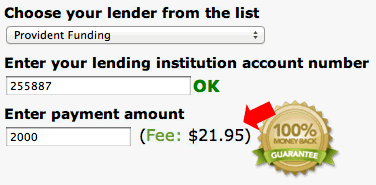
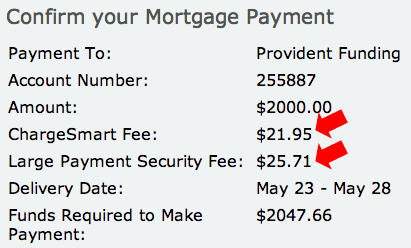
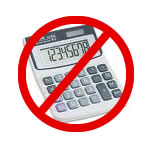 I was watching a
I was watching a 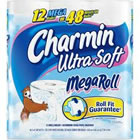 I know, not exactly hard-hitting consumer news. 🙂 But actually toilet paper is important to me, and ever since I got a “real” job I’ve been buying Charmin Ultra Soft toilet paper. I don’t even check the price, I just buy it in bulk and revel in the luxurious softness compared to the industrial-grade junk I used to buy.
I know, not exactly hard-hitting consumer news. 🙂 But actually toilet paper is important to me, and ever since I got a “real” job I’ve been buying Charmin Ultra Soft toilet paper. I don’t even check the price, I just buy it in bulk and revel in the luxurious softness compared to the industrial-grade junk I used to buy. The Best Credit Card Bonus Offers – March 2024
The Best Credit Card Bonus Offers – March 2024 Big List of Free Stocks from Brokerage Apps
Big List of Free Stocks from Brokerage Apps Best Interest Rates on Cash - March 2024
Best Interest Rates on Cash - March 2024 Free Credit Scores x 3 + Free Credit Monitoring
Free Credit Scores x 3 + Free Credit Monitoring Best No Fee 0% APR Balance Transfer Offers
Best No Fee 0% APR Balance Transfer Offers Little-Known Cellular Data Plans That Can Save Big Money
Little-Known Cellular Data Plans That Can Save Big Money How To Haggle Your Cable or Direct TV Bill
How To Haggle Your Cable or Direct TV Bill Big List of Free Consumer Data Reports (Credit, Rent, Work)
Big List of Free Consumer Data Reports (Credit, Rent, Work)